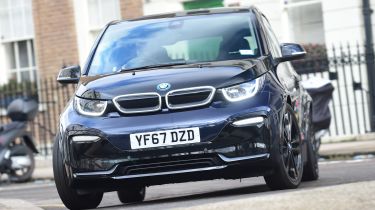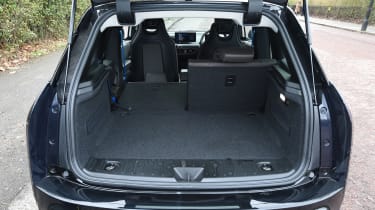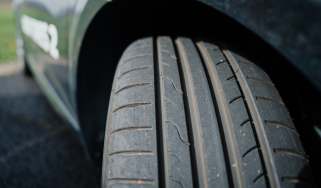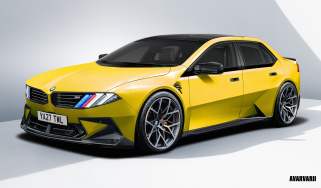BMW i3 (2013-2022) review - Practicality, comfort and boot space
The i3 is roomy and comfortable for four, thanks to great design and clever packaging

The BMW i3 uses clever packaging techniques that electric cars thrive on today. It’s quite a compact car, but the interior space is more akin to something a segment above. The seats are quite high up, but there’s no side bolstering so you can just slide onto them as you would in a van.
There are neat cup-holders, armrest storage and cargo nets, while the glovebox has a top opening lid. The controls are beautifully laid out too.
Sitting in the rear you’ll find plenty of space but you sit quite low down so your knees are a little higher than you’d expect. The sloping angle of the window line lets in plenty of light, although the back windows don’t roll down.
Size
At 4,011mm in length it’s shorter than a Nissan Leaf and Renault Zoe but it feels bigger inside than either. With the MPV-like proportions and 1,598 height (taller than the Leaf or Zoe), there’s no qualms when it comes to headroom in the i3, even if you do sit quite high up.
At 1,775mm wide, it’s a tiny bit narrower than a 1 Series, but the excellent visibility you get in the i3 means it’s perfectly suited to city driving as it’s easy to place on the road.
Leg room, head room & passenger space
The BMW is a strict four-seater – there are only two seatbelts in the rear. The rear passengers climb in and out through small rear-opening coach doors that can only be opened when its adjacent front door is open, too. At least the fact there’s no B-pillar in the middle makes it very easy to get in and out.
Boot
The boot has a high floor, thanks to the running gear underneath, but the 50:50 split seats fold flat.
There’s no loading lip, so you can easily slide things into the 260-litre boot with all the seats in place. Capacity grows to 1,100 litres with the seats folded down.
In the nose, you get a shallow tray for the tyre repair kit, but the cord to open it is hidden behind a panel in the passenger footwell.





